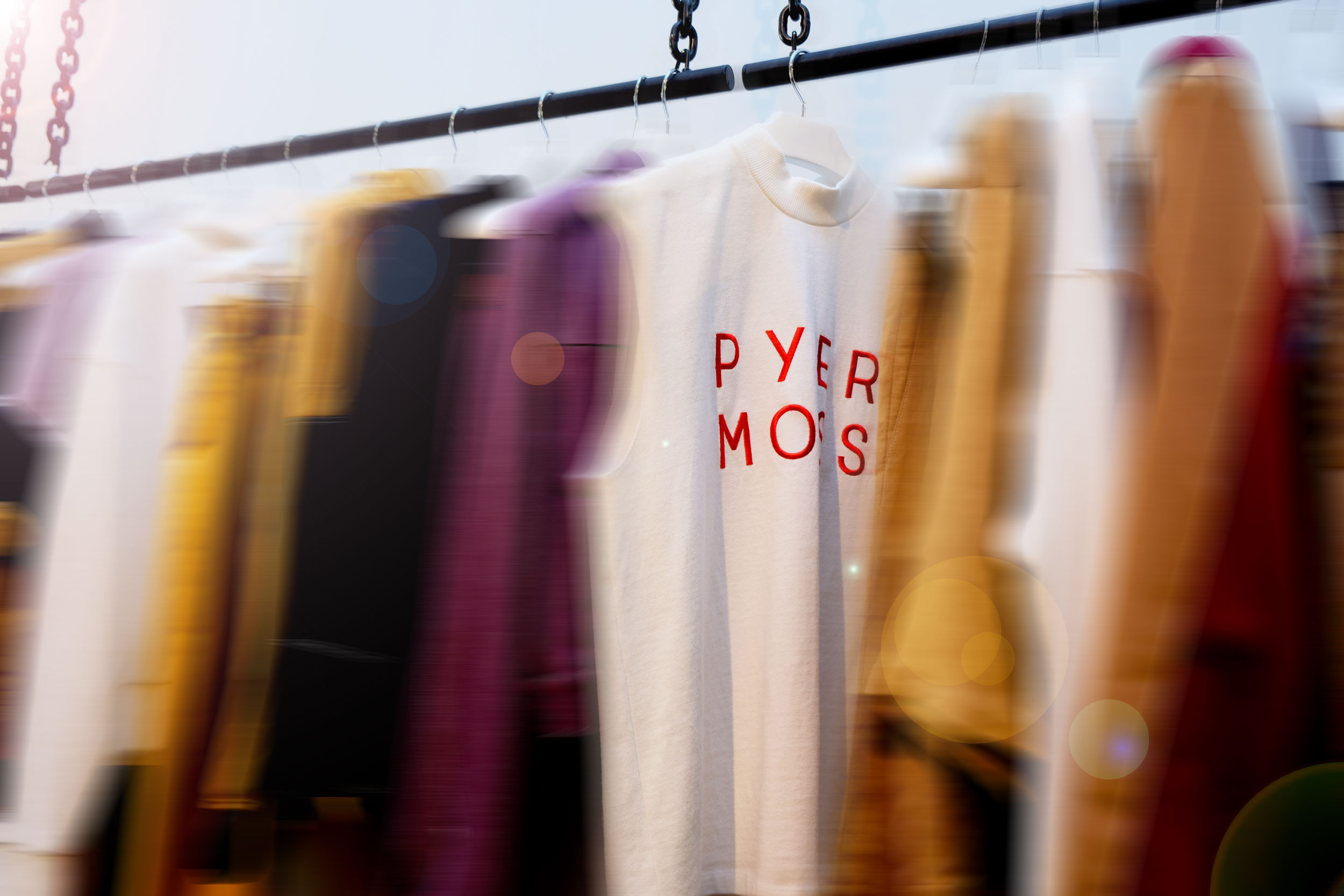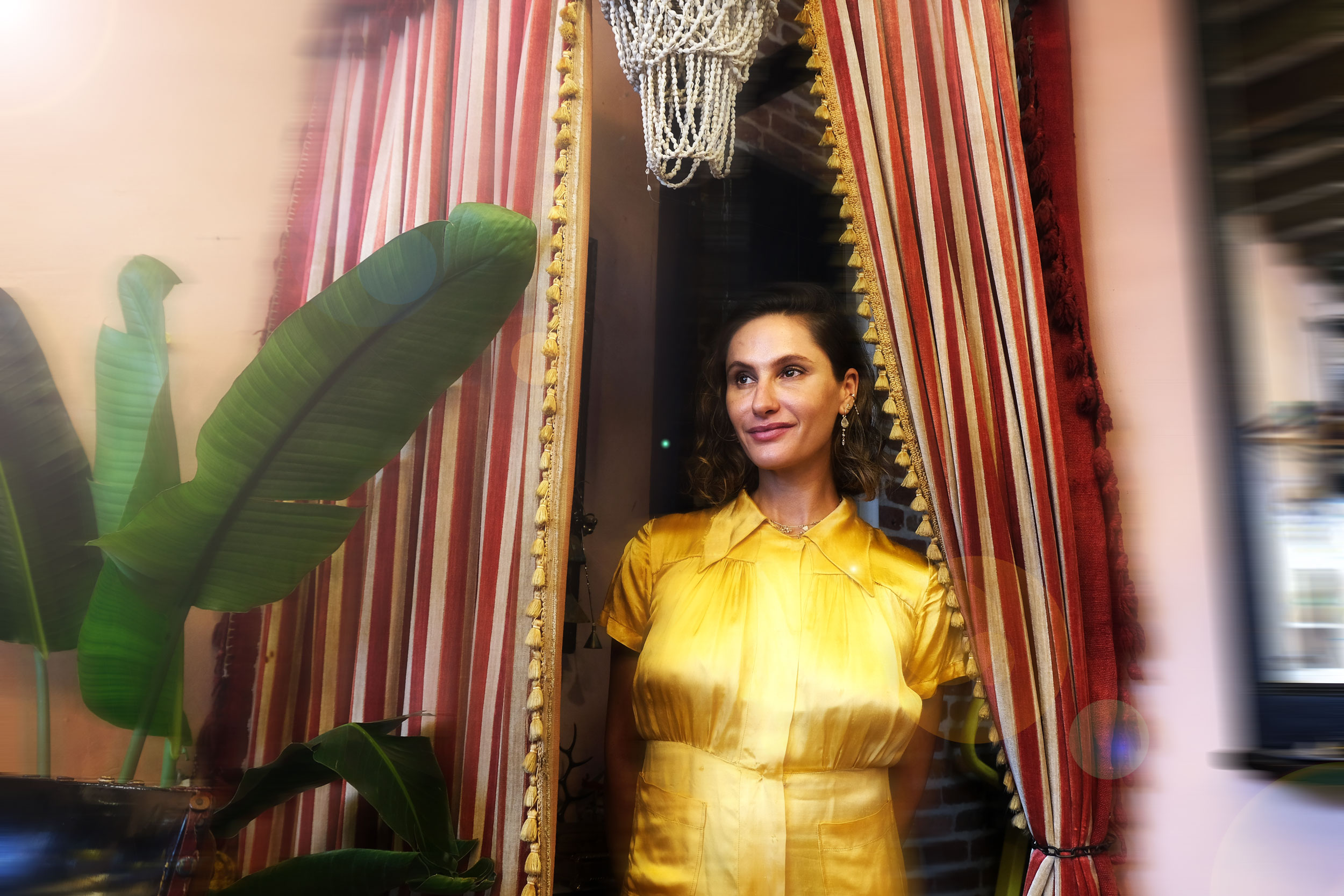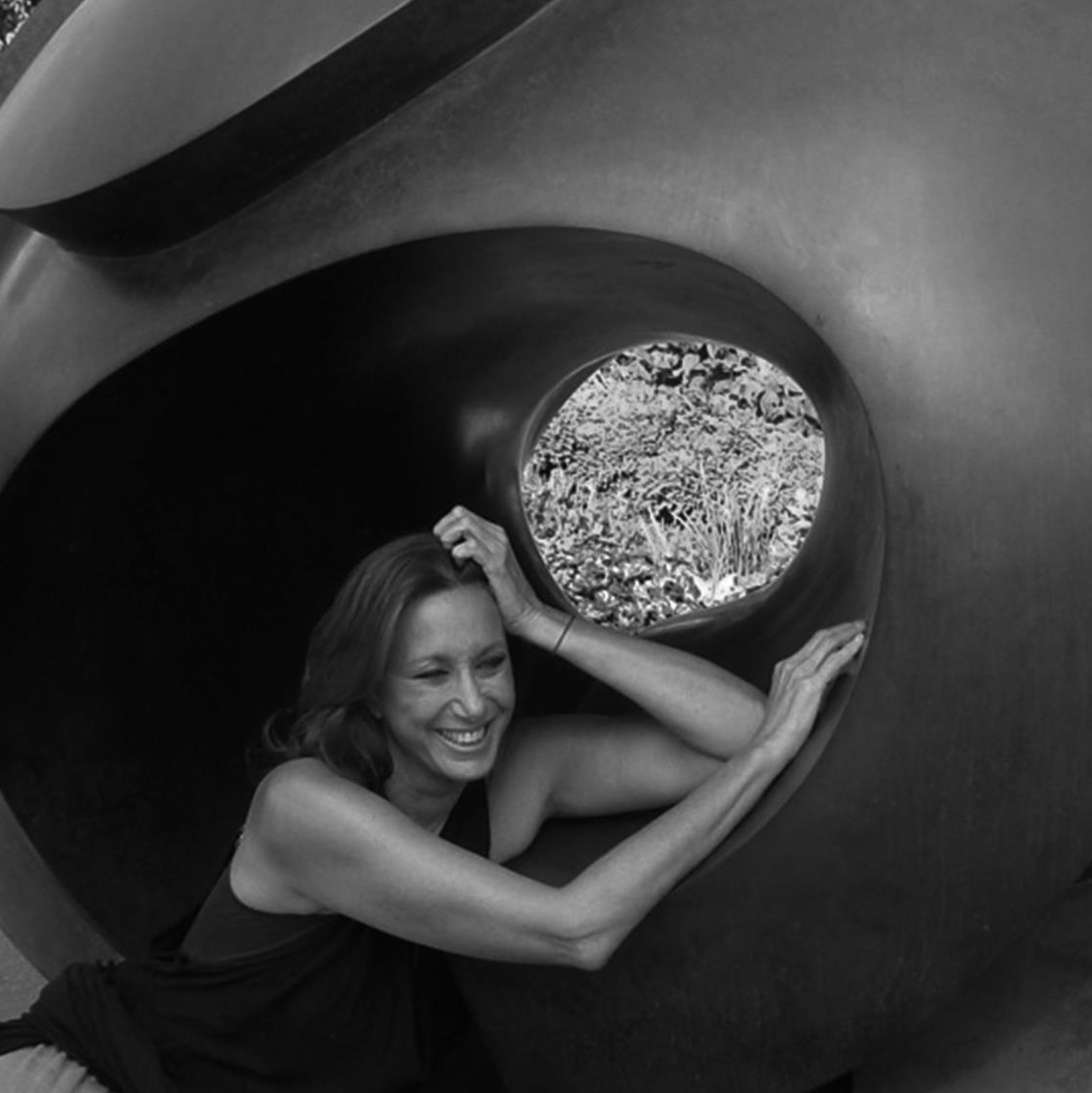“Black as hell.”
That’s how Kerby Jean-Raymond sums up Pyer Moss. The three choice words certainly ring true throughout his collection.
There are few with a voice as loud as Jean-Raymond’s in fashion. This can be for a variety of reasons – fear of being excluded, ridiculed, ostracized. Jean-Raymond is no stranger to any of these, but he has forged on regardless. For him, it’s not a choice. It’s mandatory.

I learn this while visiting the designer and CFDA/Vogue Fashion Fund finalist in his Chelsea studio, asking him if he always had this drive to fight for equality.
“No. Not at all,” he responded. “I didn’t want to be political in my work. I also didn’t want anyone to know me. I didn’t start the brand to become a famous fashion designer. It happened over time. I’ve always been political in other ways, I just never crossed Pyer Moss and that part of my life until 2015.”
The year Darren Wilson was acquitted. The year George Zimmerman was acquitted. The year the world was shocked as Eric Garner was choked to death by police officers on film. The imagery was constant and the message was clear: if you’re black, you were at risk.
Jean-Raymond responded the only way he knew how – through his art, starting with the Spring/Summer 2016 collection. The blood-splattered clothing and footwear down the runway were just an accessory. The real show was on screen: a 12- minute video depicting police brutality against black women and men.
The backlash was swift. Retailers dropped the collection, and Jean-Raymond began to fear his business was in jeopardy. Yet, three years later, he remains standing firmly on his own two feet, more confident than ever.

“I believe fashion is an art,” he said. “In 100 years, when people dig this up, they should be able to tell or piece together a story about what this time was like. My canvases that are discovered long after I’m gone should at least give the viewer some insight into what my life was like and what fueled me. That’s why I feel like right now, the hot topics are social justice. We are having this movement of enlightenment where everyone is trying to get their fair share in this world. We have an insane and tremendous responsibility right now to make sure this movement stays on its legs and moves forward. So I’m using my medium to do that.”
Unfazed by critics, Jean-Raymond has continued to power forward. His latest collection – titled “American Also” – featured t-shirts that read ”Stop Calling 911 on the Culture” – a sure sign that he has no intention of remaining silent. He’s here to share his experience – the black American experience. Pyer Moss poses the question: What does it means to be black and American, and why is it so hard to be both?
“The concept came when my friends and I were leaving a bar after playing basketball in Long Island,” he recalled. “We saw this guy in an American flag tracksuit. All of us crossed the street, and when we were driving back to Brooklyn, we talked about why we did that. Why does it feel threatening? We were all born in America, and for whatever reason, none of us felt like we were part of America. It’s the divisive nature of politics and the rhetoric that we’re seeing on the news.”
Make no mistake, Jean-Raymond is as American as the rest of us. Born in East Flatbush, he fondly recalls growing up in the “self-policing” neighborhood primarily of Guyanese and Jamaicans, where he often went on bike adventures with a close circle of childhood friends.





